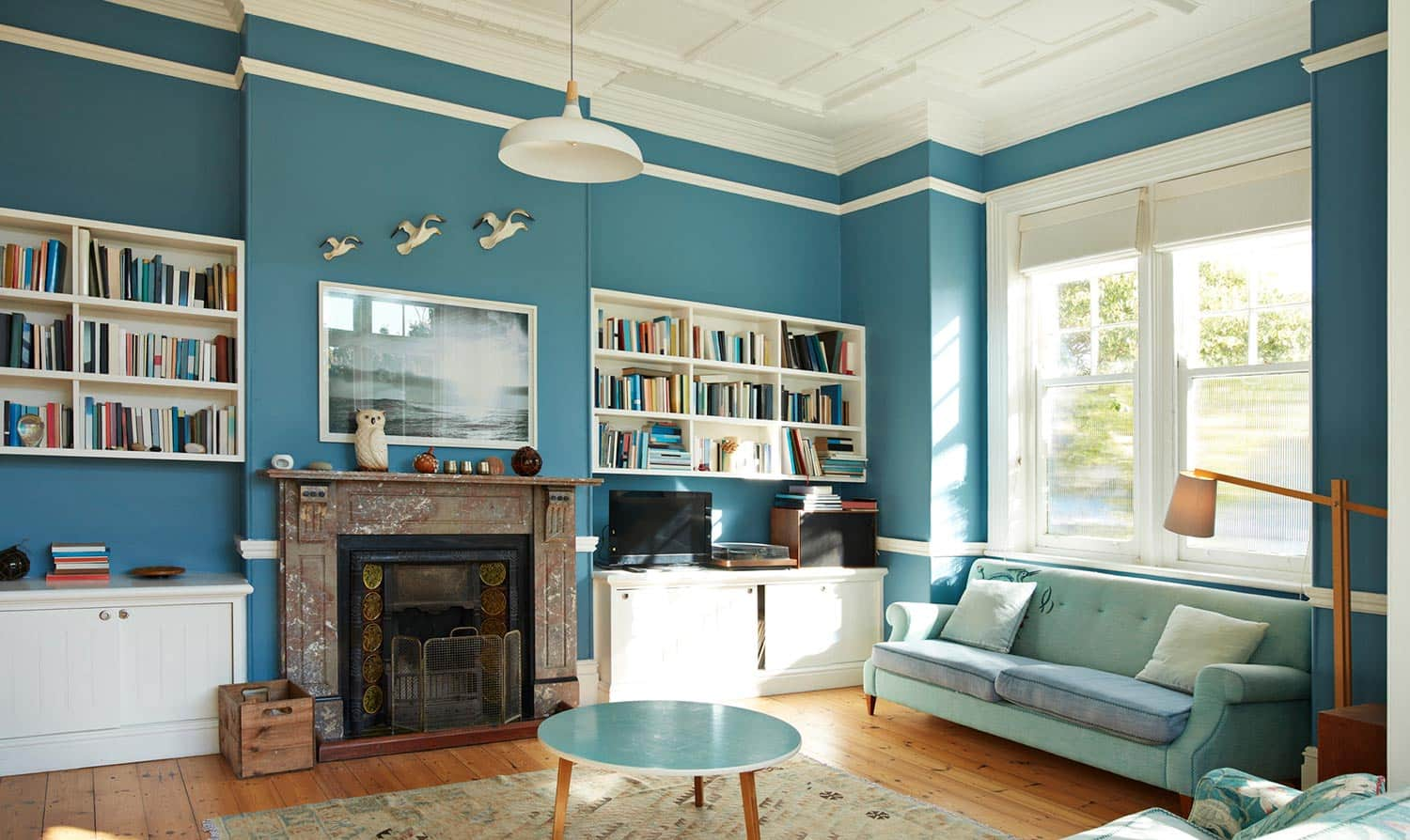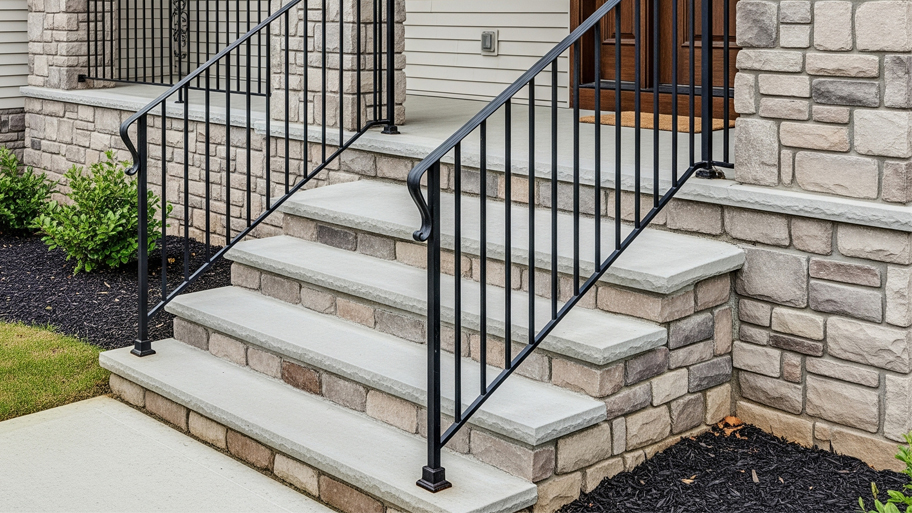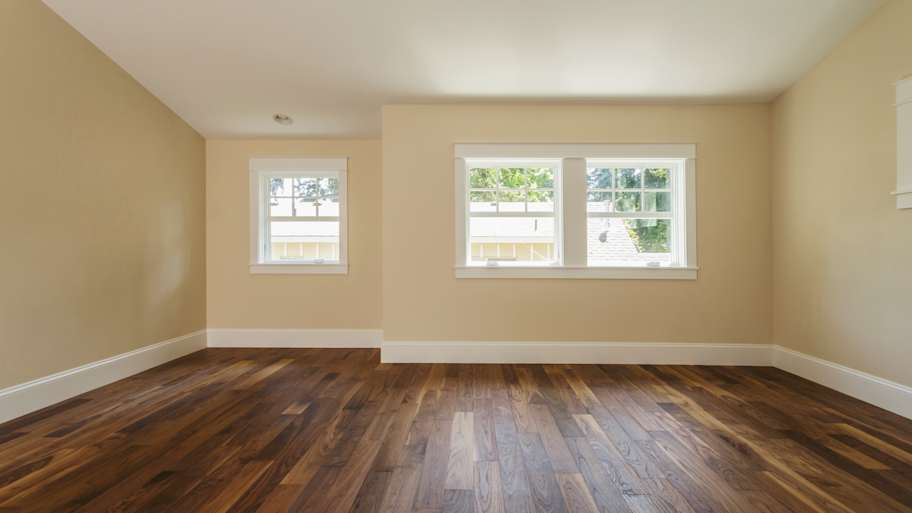
Installing trim can give your home a finished, polished appearance. Learn how much it costs to install trim and what factors affect how much you’ll pay.
Crown molding is a type of decorative molding that separates the wall from the ceiling


Crown molding was originally designed to hide gaps between walls and ceilings.
It now serves primarily as a decorative element.
Crown molding costs an average of $4 to $8 per linear foot, but ranges from $2,000 to $4,000 for 500 linear feet.
Popular crown molding materials include wood, plaster, PVC, polyurethane, and MDF.
Crown molding can increase home value and be used for unique lighting effects by installing it slightly below the ceiling edge
If you want to add some decorative flair to your living room, crown molding might give you that classic style you’re looking for. Crown molding covers the corner where the wall and ceiling meet and is an easy way to elevate your space. Plus, there are a ton of different materials and styles of crown molding, and each one gives your room a totally different feel. Installing crown molding could even increase the value of your home.
Installing crown molding in your home can offer a healthy ROI of between 50% and 80% on average. Thanks to its aesthetic value, your investment return on a premium finish like this will be at the top of that range in high-end or move-in-ready markets.
Crown molding was originally used to hide any small gaps between a home’s wall and ceiling. While crown molding originally had a utilitarian purpose, it came to serve as a decorative function.
During the Victorian era, intricately carved molding was used to make the parlor and bedrooms even more lavish. Though most modern crown molding is more low-key, it’s still the perfect opportunity to add a little character to your home.
From the practical to the purely aesthetic, there are many reasons for adding crown molding to a room.
The original purpose of crown molding was to cover up any irregularities between the wall and ceiling, and it still serves this purpose even in modern homes. Crown molding can also smooth out any discrepancies between the ceiling and other elements, including cabinets or built-in bookshelves, and can even be used to hide unsightly wires from view.
While crown molding started out with a very practical purpose, it’s also used to add style and character to a room. As a decorative element, crown molding can range from simple and straightforward to ornate and detailed—it’s all up to you and the vision for your space.
Trim improvements, including crown molding, can also increase a home’s resale value. Crown molding complements high ceilings, making homes more aesthetically appealing to help them sell faster.
It’s becoming increasingly popular to install crown molding slightly below the ceiling edge, and install soft lighting behind it. This creates a unique light source throughout the room.
Crown molding costs an average of $4 to $8 per linear foot. For an average project of 500 linear feet, the cost ranges from $2,000 to $4,000.
Different crown molding materials may come with different price points. For instance, plaster crown molding is typically more expensive than wood because it demands a higher level of detail during the installation process.
| Crown Molding Material | Cost to Install (Per Linear Foot) |
|---|---|
| Solid wood | $3–$30 |
| Polyurethane | $2–$10 |
| Plaster | $6–$20 |
| MDF | $1–$7 |
| PVC | $1–$4 |
| Foam | $1–$4 |
| Metal | $10–$30 |

There are a few different types of crown molding materials, including wood, plaster, and PVC.
Wood is a traditional choice for crown molding. It can be simple and straightforward, or may feature decorative patterns or carvings.
Plaster is another common crown molding material. But because plaster can be difficult to handle, it’s a good idea to hire a professional for installation.
PVC is a lightweight and affordable material choice for crown molding. It’s an especially popular choice in bathrooms, where the humid conditions may negatively affect other types of molding.
Polyurethane is a simple and durable material that’s often used for crown molding. This type of crown molding is even sturdier than wood and resistant to mold and rot.
MDF, which stands for medium-density fiberboard, is an affordable crown molding option designed to look like wood—but at a fraction of the cost. In most cases, you’ll have to stain or paint MDF crown molding.
From average costs to expert advice, get all the answers you need to get your job done.

Installing trim can give your home a finished, polished appearance. Learn how much it costs to install trim and what factors affect how much you’ll pay.

Find out how much carpenters charge, including average rates, cost factors, and tips to help you budget for your next carpentry project.

How much does outdoor railing installation cost? Find out the cost to install a railing on concrete steps, porches, and patios, including material and labor.

Coping, a common woodworking technique, is the secret to perfect inner corners with your trim. This guide will show you how to cope crown molding.

Wood trim ties rooms and living spaces together beautifully. Learn the best wood for baseboards that blend durable edges with designer vibes.

Baseboards see a lot of traffic and are susceptible to dents, dings, and water damage. Learn how to repair damaged baseboards to keep your trim looking good as new.